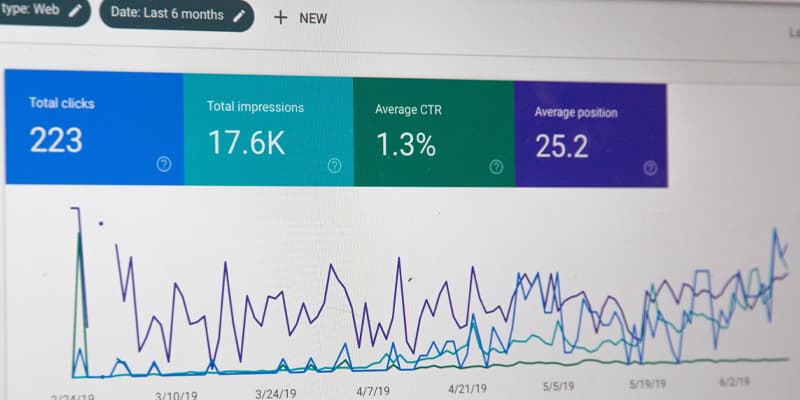SEO basics that will drive targeted traffic to your brokerage website

The competitive digital landscape of the insurance market poses a challenge for brokers to successfully reach and attract new clients. With large commercial brands dominating the market and numerous small, independent ones vying for consumer attention, the competition for online visibility is fierce. That being said, optimizing your company website for SEO is the first step to getting more targeted traffic and obtaining more qualified leads.
SEO stands for “search engine optimization.” It is the constantly evolving practice of getting a website to rank higher in the list of search results. Here are SEO basics that will help your website increase its online visibility.
Make sure your website works properly
First of all, no one likes web pages that are slow to load. Especially not Google. Make sure everything on your website — every page, download, video, and photo — is usable, organized, and has fast load times. Also, make sure your web domain is secure.
Include keywords that people may use to search for your business in your web content
A keyword is a search term that people enter into search engines to help them find what they’re looking for. For example, if Bob wanted to look up available brokerages in Toronto that can help him get coverage for his IT consultant business, he would probably enter something like “best IT consultant insurance broker Toronto” into Google. This search would draw up a list of — no surprise here — brokerages in Toronto that offer insurance for IT consultants. If you’re a brokerage based in that area, your objective is to be at least on the first few pages of that list, ideally the first page.
It’s important to include relevant keywords to your brokerage in your site’s blogs, headers, and landing pages to ensure your website comes up in the list of search results. You’ll have to do some keyword research to find the right ones to use, but a Google-recommended outline suggests selecting keywords based on their frequency, relevance, and competitive rate in your industry. Also, note that there are different types of keywords that you can incorporate based on the type of web content you have.
Post consistent and quality content
Keywords are helpful, but content is really what matters in 2020 SEO. Due to updates in search engine algorithms like Google Panda, Google wants to know that you’re providing value with your website and not just “keyword stuffing” to obtain a higher ranking.
Demonstrate that you are an industry leader by sharing insightful and informative blog posts, how-to videos, or eBooks. Not only will search engines love them, offering free, helpful information will portray you as an authority figure in your industry who cares about its client community. Plus, it might also help you get social proof for your brand.
Get links to your website from off-site sources
Producing consistent, quality content may also earn your website backlinks (which count as off-site SEO) from other websites — for example, your clients’ or partners’ websites. You can also improve your off-site SEO by writing press releases about your company’s news or sharing blog links on your social media platforms.
Several important things to keep in mind: One, using these SEO basics to increase your website’s “find-ability” is very different from executing a curated SEO plan. The latter includes a lot of in-depth work on SEO research, so if you want to go the extra mile you’ll want to hire an SEO specialist. Two, Google algorithms change perhaps faster than any digital trend out there, so that means SEO best practices are constantly evolving to match its new updates. Stay on top of these new updates by keeping yourself informed.
Remember: consumer attention is a major currency in 2020. If people aren’t finding and looking at your website, it unfortunately holds no value at all. Leveraging SEO tactics to gain more online visibility is the best way to make sure your digital presence holds weight.
Originally published June 2, 2020, updated August 25, 2023
Back to APOLLO MagazineGet Tenant Insurance in less than a minute
Get no-nonsense coverage that's the best value for your money. Purchase policies from your computer or phone, receive your documents instantly, and save when you buy online.
4.6 rating
Get Tenant Insurance in less than a minute
Get no-nonsense coverage that's the best value for your money. Purchase policies from your computer or phone, receive your documents instantly, and save when you buy online.
4.6 rating
Relevant articles
Getting insured is as easy as 1 - 2 - 3

Tell us (very little) about yourself
Just tell us your address, your name, email and phone number. And that's it. We'll give you a price in less than a minute.

Pay online easily and securely
You can choose to pay monthly or save money by paying for the entire year in one easy payment.

Get your documents in your inbox - instantly
As soon as you complete your purchase, you'll find your proof of insurance and policy documents waiting for you in your inbox.
Get covered today - it couldn’t be easier
We’ve provided more than 1,000,000 quotes to Canadians just like you. Give it a try!



